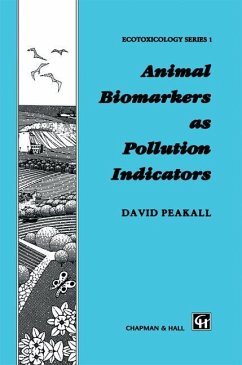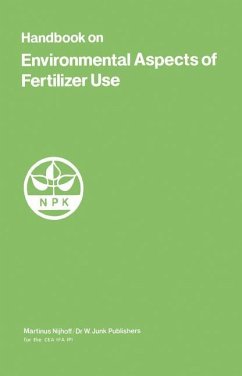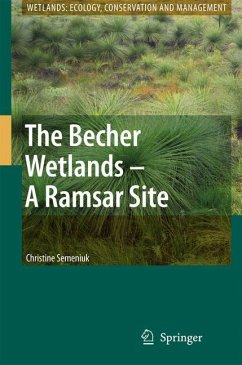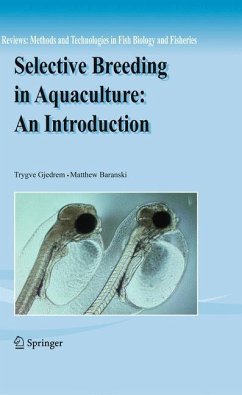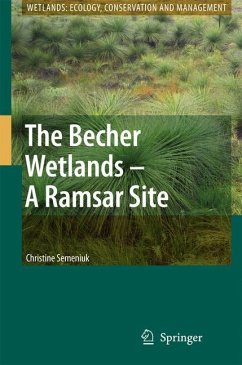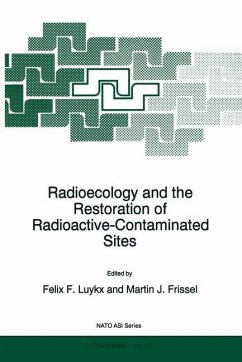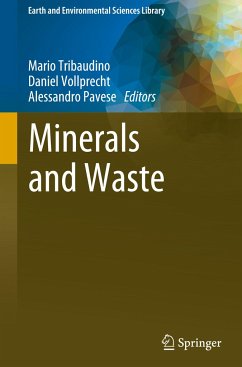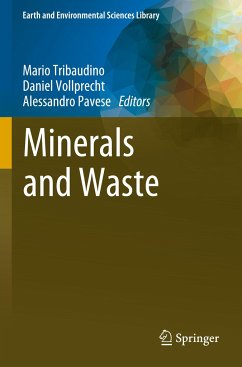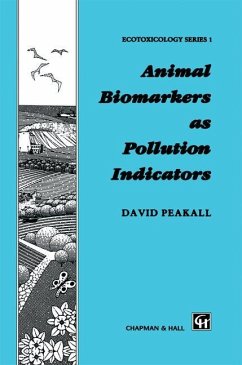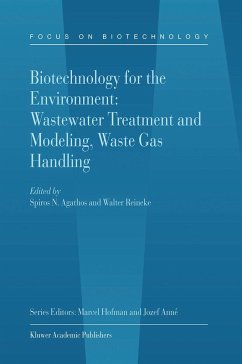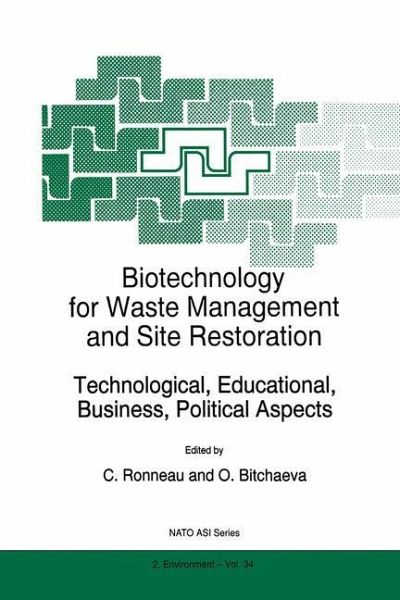
Biotechnology for Waste Management and Site Restoration
Technological, Educational, Business, Political Aspects
Herausgegeben: Ronneau, C.; Bitchaeva, O.
Versandkostenfrei!
Versandfertig in 6-10 Tagen
76,99 €
inkl. MwSt.

PAYBACK Punkte
38 °P sammeln!
Biotechnology for Waste Management and Site Restoration covers: waste management - solid, gaseous, liquid; site restoration - radioactivity, organics, toxic metals; educational, economic, social and business aspects; and international collaboration. International collaboration is growing apace and many concrete projects have been started. The body of knowledge is growing. Over the long term, it is envisaged that this international collaboration will result in a long-term scientific and technological strategy, new technologies and alternative solutions, and practical implementations of biotech...
Biotechnology for Waste Management and Site Restoration covers: waste management - solid, gaseous, liquid; site restoration - radioactivity, organics, toxic metals; educational, economic, social and business aspects; and international collaboration.
International collaboration is growing apace and many concrete projects have been started. The body of knowledge is growing. Over the long term, it is envisaged that this international collaboration will result in a long-term scientific and technological strategy, new technologies and alternative solutions, and practical implementations of biotechnology for the nuclear and industrial sectors of the economy.
International collaboration is growing apace and many concrete projects have been started. The body of knowledge is growing. Over the long term, it is envisaged that this international collaboration will result in a long-term scientific and technological strategy, new technologies and alternative solutions, and practical implementations of biotechnology for the nuclear and industrial sectors of the economy.



